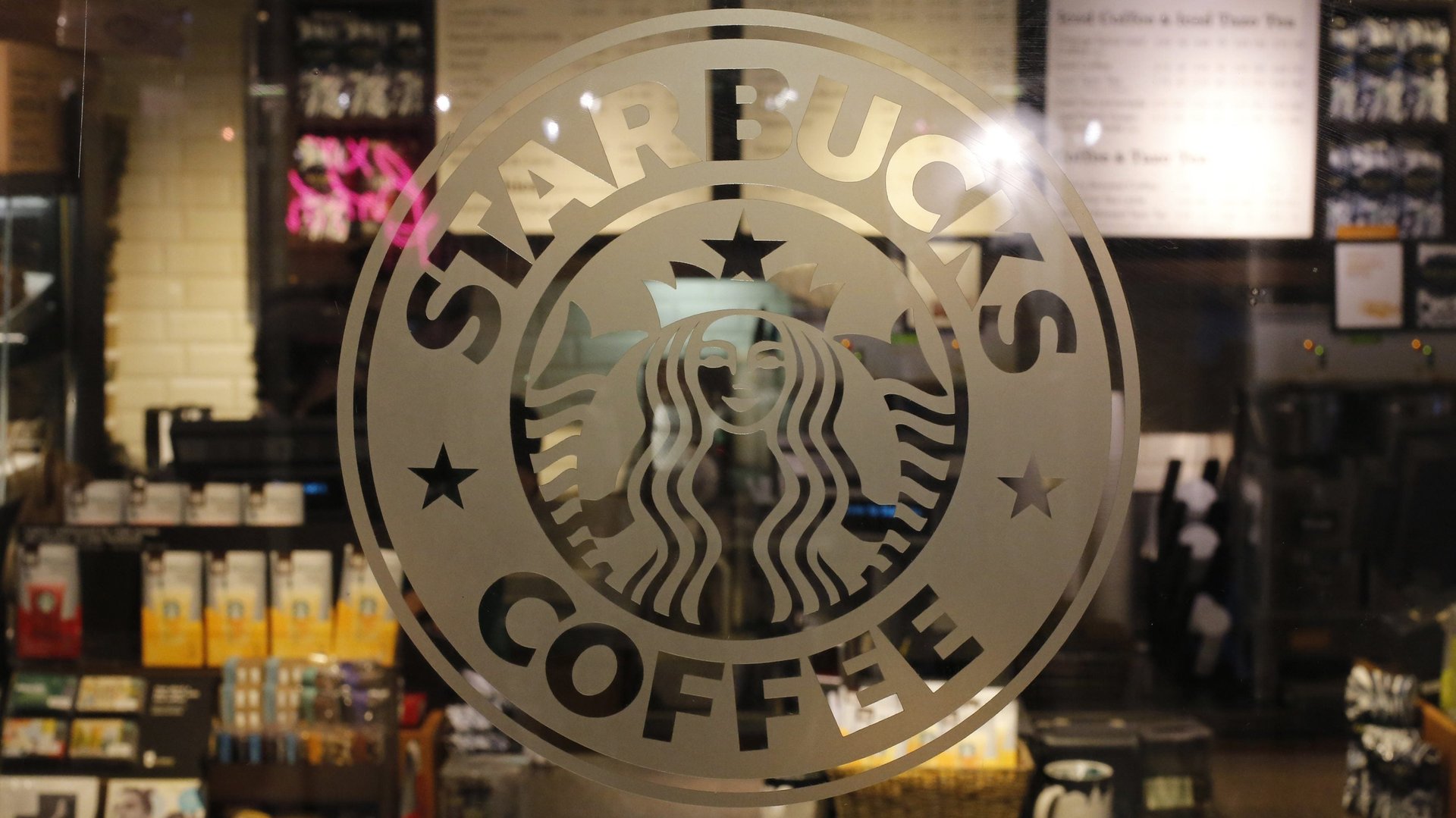A union vote at Starbucks could be a rare success for organizing franchise workers
Starbucks baristas in New York state are looking to unionize. If workers vote in favor of organizing, they would form the first Starbucks union in the US—and could encourage other efforts to unionize the food service industry.


Starbucks baristas in New York state are looking to unionize. If workers vote in favor of organizing, they would form the first Starbucks union in the US—and could encourage other efforts to unionize the food service industry.
The vote at three Starbucks locations in the Buffalo area will be held via a mail-in election with ballots due Dec. 8, with the vote count the following day.
Meanwhile, Starbucks, which operates 9,000 corporate-owned stores, is urging workers not to unionize and has flooded stores with executives to host “listening sessions” with workers.
The coffee chain faced down attempts to form unions before both in New York City and in Philadelphia. But in June, a Starbucks-owned store in Canada unionized. The dynamics are perhaps different now, in a tight labor market, where restaurant employers have been raising wages to retain and attract workers.
“You can’t underestimate the distress caused by the pandemic and that it’s caused people to realize that they don’t have that much control over their life, and so they’re trying to take control of their work lives by organizing among themselves to have a say at work,” says Catherine Creighton, director of Cornell’s School of Industrial and Labor Relations Buffalo Co-Lab.
Why don’t restaurant workers unionize?
It’s rare to hear of restaurant workers unionizing. Notably, 1.2% employees in the food and services industry, which employs 11.5 million in the US, is a union member—the same rate as those in the finance industry, according to data from the Bureau of Labor Statistics. Overall, 10.8% of US workers are part of a union.
Restaurants aren’t the easiest place to work, so why don’t more workers unionize? For one, workers often don’t stay long enough in the job, which makes it more difficult for workers to organize, says Creighton. Employers like Starbucks will also fill the stores with additional employees to dilute union supporters in the store and tip the outcome of a vote, she says.
It’s been this way for decades. After World War II, fast-food chains proliferated and were flooded with teenagers looking for part-time jobs, watering down union concentration in the industry, according to the Counter, a nonprofit food news organization. On top of that, some employees find paying union dues an obstacle, given their low pay.
Would a Starbucks union pave the way for a more sustainable career?
The Starbucks baristas—80 workers are eligible to vote—who are seeking a union aren’t just demanding higher wages.
Workers want the right to negotiate a union contract and to have a voice in establishing working procedures and benefits, according to the FAQ site of Starbucks Workers United, which is a collective of Starbucks employees across the Buffalo region who are organizing. “We want Starbucks to be a place where workers can have sustainable careers and be rewarded for their years of hard work for the company,” the site states.
With workers in food services quitting at a record rate, the Starbucks votes raises the question of whether a successful union could make restaurant work a long-term career option. Employers have a lot of control over employees’ work life, where the company can assign workers to unfavorable work stations, give them shifts where they make less money, or change their schedule at a whim, says Creighton. That could contribute to why workers see the jobs as temporary in the first place.
The threat of the union efforts are not lost on Starbucks. Last week, the Seattle-based coffee chain announced it was raising pay for workers, with wages starting at $15 an hour by summer 2020. It also recently started testing a shifts app to make it easier for workers to have more flexible scheduling.
Correction: A previous version of this story incorrectly reported the number of workers employed in the US food and services industry. The article has been updated with the correct figure, which is 11.5 million.